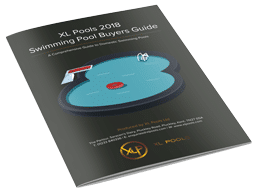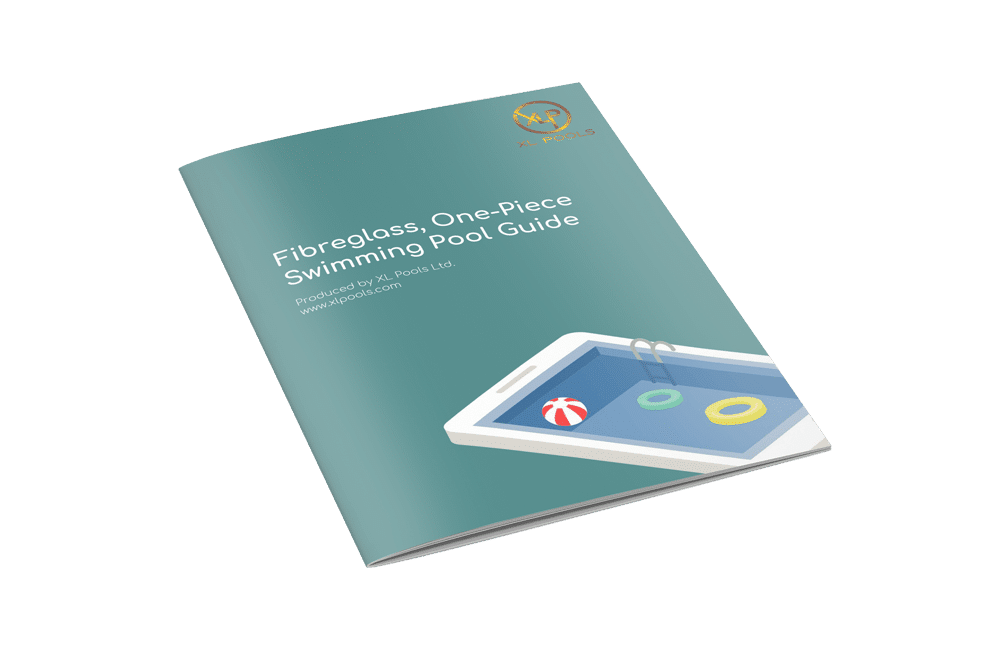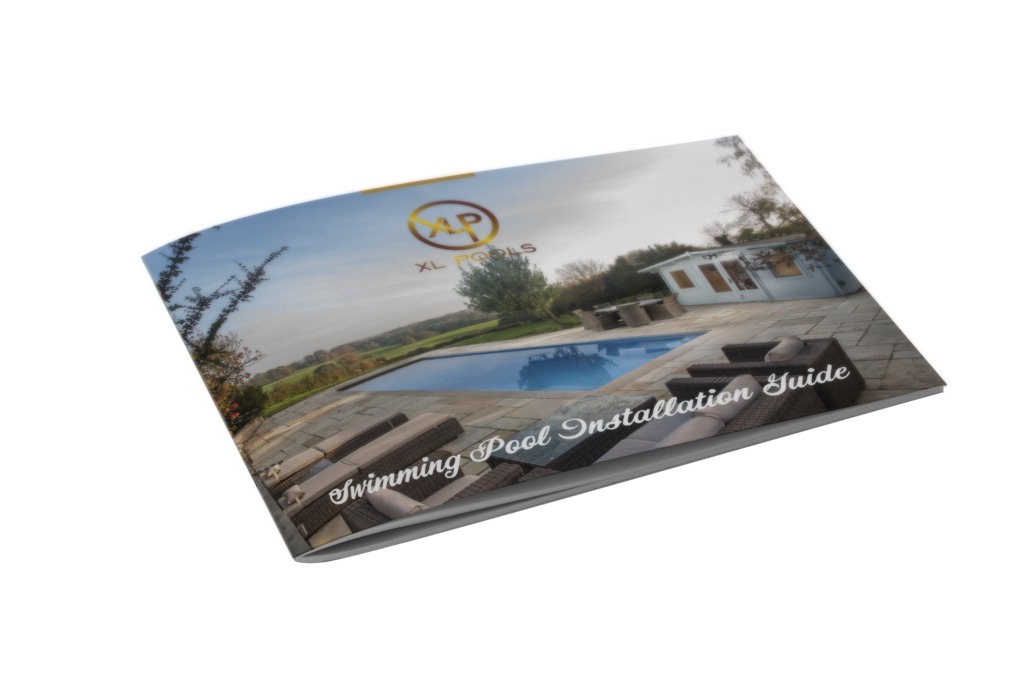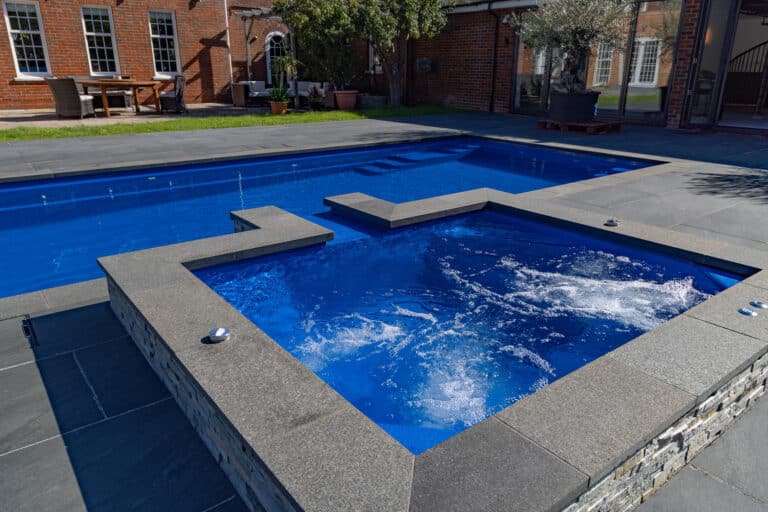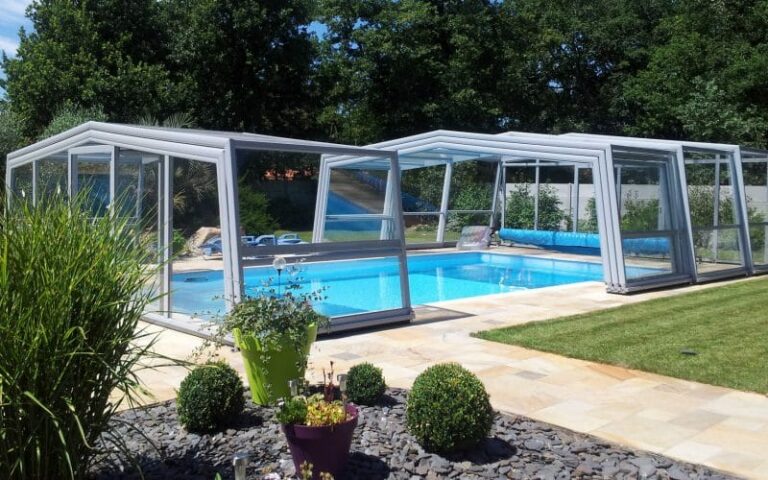Before the designer can start work on a pool design, there is some information which is essential and, generally, can only come from the end user.
What is the pool to be used for?
- Swimming up and down for exercise?
- Kids Play?
- Aerobics?
- Wallowing?
- Recreation?
All these will have an impact on the shape and size of the pool.
Where is it to be sited?
When deciding on the site of an outdoor pool, facing south to maximise exposure to the sun is usually the best option. However take into consideration shadows and the time of day the pool is to be used. Many people think that trees are a nuisance. Perhaps they are, but a completely tree free site is almost impossible to find except in the middle of the desert, and trees also provide a natural protection of privacy and shade. Most outdoor pools tend only to be open from Spring, through Summer and into early autumn and, as such, are closed and covered for the main part of autumn and into winter. If a client wishes to use the pool for a greater part of the year, thought must be given to siting it in relation to trees to minimise falling leaves getting into the water.
An indoor pool, contrary to popular belief, does not have to be in the middle of its designated pool room.
What is the size and shape?
This will mainly be decided by the usage. Remember that the bigger the pool the greater the running costs; the wider the pool the greater the cost of spanning it; the deeper the pool the greater the volume of water that is rarely swum in.
What fuel services are available on site?
This affects the choice of heating equipment. There are better options for cost but have downsides such as heat demand response time.
What temperature is required?
In general terms, the greater the temperature, the higher the running costs, which is logically to be expected. However, it is important to understand that as water temperature increases, the energy consumption – and therefore the cost – of doing so increases exponentially. In simple terms, disproportionately more energy will be consumed raising the pool from 25oC to 30oC and maintaining it there than from 20oC to 25oC, even though the intervals between the two – i.e. 5oC – are the same. This is because as the water temperature increases the difference between it and the ambient temperature also increases, which therefore increases the rate of heat loss. This means that the heating system has to work that much harder to achieve the higher set temperature; as does the heat reclamation / dehumidification / ventilation plant in an indoor pool in order to maintain comfortable conditions for people in the pool hall, as well as maintain humidity at levels which will not be detrimental to the fabric of the building.
The water temperature in a swimming pool is generally whatever is desired by the customer and on occasions that is the ambient temperature in an outdoor pool. However most bathers in this country require a constant temperature somewhat warmer than ambient in their pool regardless of whether it is outside or indoors. The temperature in the pool water should generally be dependent on two things:
- The comfort of the bathers
- The budgetary constraints of the person paying the heating bills!
The comfort of the bathers will also depend on the activity in the pool. Swimming for exercise will require a lower temperature than those learning to swim or for very young children. A very general range would be:
- Serious swimming: circa 26oC
- General: circa 27oC – 28oC
- Learners and children: circa 28oC – 31oC
- Hydrotherapy: circa 32oC+ degrees

